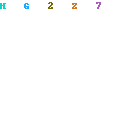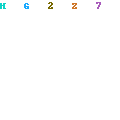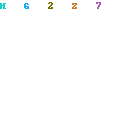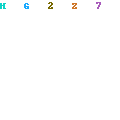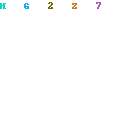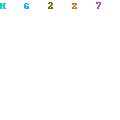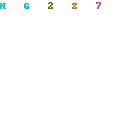The ability of the human eye to distinguish fine detail is called visual acuity, and it is directly related to distance. As you move farther away from the visual source, you reach a point where you no longer see the detail, and everything merges together. This can be determined scientifically by using alternating black-and-white lines of a specified width and then measuring the angle made from the eye to these lines at the maximum resolvable distance. It has been shown that the visual acuity of a normal eye with 20/20 vision is somewhere between 30 seconds of arc (when lighting is “ideal”) and one minute of arc (when the lighting is “ordinary”). This is the maximum visual resolution possible for most humans.
From this information, all kinds of interesting formulas [c = 2 × d × tan(RADIAN ANGLE SYMBOL ÷ 2)] and conclusions can be drawn (see Table 2.2). One is that at any given viewing distance, you gain nothing by having higher resolution than the maximum resolving power of the eye because no finer details can be perceived. This is the upper limit, so there’s no point going beyond that.
However, things are not so simple. These resolving power charts are based on high contrasting, black-and-white lines or letters (see illustration above and think of the chart at your eye doctor’s office). The images that most of us print are anything but that. We have complex patterns of dots or device pixels, overlapping dots, and all the rest. So how does Table 2.2’s “details per inch” relate to the dots per inch of inkjet printing? It is generally believed that printer resolution (dpi) must exceed maximum visual resolution (“depi”) by a significant amount, on the order of double, triple, or more.
Plus, as digital imaging writer and publisher Wayne Cosshall explains it, there are other issues like presentation. If you print on fine art or textured paper, you could get away with a lower resolution because the paper’s texture will create its own detail and somewhat fool the eye. Also, if you frame a print behind glass that lowers the contrast of the print a little, so again, you can get away with less print resolution.
The formula numbers give you a place to start, but your own experience and your own style of printing and displaying will determine which printer resolutions will work best for you.
This entire concept of viewing distance and the eye’s maximum resolving power was brought home to me in dramatic fashion when I visited well-known documentary and fine-art photographer Joel Meyerowitz at his studio in New York City. Meyerowitz had just started experimenting with in-house inkjet printing, and he wanted to see how it compared to traditional C-prints, which he was used to getting from the top photo labs in New York.
He and I both analyzed two 11 × 14-inch prints made of the same image he had photographed in Tuscany (see Figure 2.10). Using a loupe (magnifier), I could see the difference between them.
The cloudy smoothness of the C-print and the discrete dots of the HP Designjet 130 print. At first I was discouraged, but then Meyerowitz had me put the loupe away and view both prints from a normal viewing distance. Voilá! The inkjet print was beautiful and actually superior. The colors were better differentiated and richer, and there was an overall sharpness that surpassed the traditional lab print. “The inkjet print is more alive,” Meyerowitz enthused. “It’s just plain better, and I’ve been looking at color prints for more than 30 years.”
The theory worked: When viewed at a normal distance, the inkjet dots had merged into one continuous-tone image.
